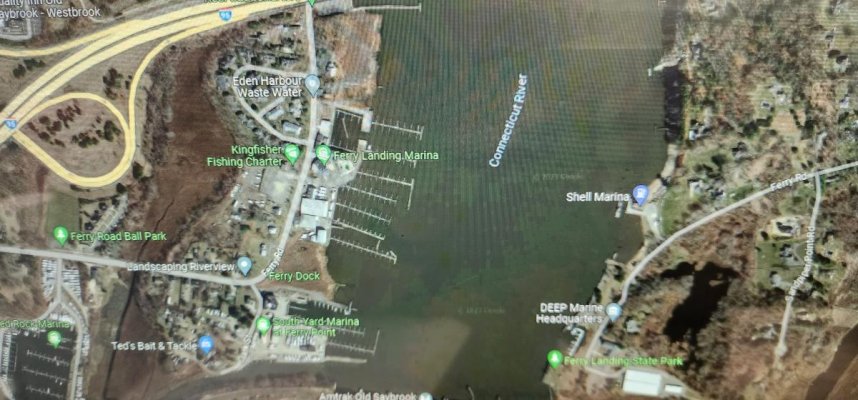I'll throw my $0.02 in. I have quite a lot of experience maneuvering in high current situations. I agree with mvweebles and psneeld. You probably are not seeing 5 kts current. If you were the only option is to stay put. The risk to life, limb and property is not worth it for recreational pleasure cruise. But I'll put the 5kts aside and consider maneuvering in currents in general.
Currents are almost always not smooth linear flow. There will be turbulence of all sorts caused by pilings, changes in depth, shape of the shoreline etc. The faster the current the greater the turbulence and the greater the challenges. How good are you at reading the water? Can you say when / where your bow and stern will be in different current directions / speeds? If you can you can use that to your advantage, if not the current will have it's way with you.
There are some things to think about. First consider your boat's speed vs current. If you are proceeding down current and need to stop you must be backing hard enough to equal the current and keep backing to remain stopped. Think about that for a moment. Can you control your boat in reverse at 1, 2, 3 kts? You must be able to master that before attempting to maneuver in fast currents. Heading into the current you must have enough power on to make headway. Think about your boat's turning radius at a fairly high rate of speed. Why the high rate of speed? Because the current demands it. There will be no poking along on a slow bell and gently stopping and turning. You're going to have to come in / go out like you mean business with no hesitation. So, what's your turning radius at something greater than the current's speed? And how far will you be shoved sideways while making that turn? Turning moving down current is going to take a lot of room. Turning up current will take a lot less room than your normal turn radius and will happen very quickly.
Think about and answer the question. Why is your stern more controllable than your bow? This really matters in currents.
The skills you should master are controlled backing over a distance at speed. And ferrying.
To master controlling your boat while backing start in open water on a calm day with no current. Learn to back in a straight line for some distance. Then learn how to change course and straighten out again. Having this skill in your tool box will greatly enhance your boat handling capabilites, currents, wind or not. Sometimes the best departure is to keep backing rather than try to turn. Others have described the techniques to control while backing. But learn in open water, tight quarters with currents is not the place to try to put the written word into practice.
I'll go contrary to conventional wisdom here and say with your twins learn to use the rudders. The effects on turn radius, turn rate and the pivot point when using rudders with twins is remarkable. Learn how to do it.
Ferrying is the art of balancing speed and angle to the current to move left or right without moving up or down current over the bottom. Pretty easy to learn and a great tool in your toolbox. It can be done going ahead or backing.
For getting on or off a dock there are two general situations. An end tie / side tie where you are roughly parallel to the current. Or a typical slip in marina where you must execute a 90 degree turn upon arrival or departure.
For a side tie departing stern first into the current requires that you start by backing at the current speed before you untie the last line. Ferry out of the tie up and it all works out fine. Departing with the current on the bow is simpler to understand. Stop by slowing to current speed just below your landing and ferry in while slowing moving ahead.
Now consider departing or arriving to the typical marina slip where you must execute a 90 degree turn.
Will you setup your approach from up current or down current? Do you have a choice? This is where you really need to know why your stern is more controllable than your bow and be able to use that knowledge to your advantage.
What's your plan? Better have one well in advance, there will be no figuring it out on the fly. Far too many variables to make any meaningful comments here other than I will come back to learn how to master control of your boat when backing. You're going to need it if things don't work out just right. Sometimes the best approach or departure can be backing for quite a distance because turning takes up too much space and time. Minimize the # of turns you must make.
I haven't attempted to address a side or end tie with the current setting you on or off the dock. That is truely advanced boat handling in currents.
In closing as you describe your situation with 3 to 4 feet of room between you and the other boats I would stay put until the current is below 1 kt and I had the skills to be comfortable with the maneuvers. Close quarters maneuvering in high currents is all black smoke and white water. If anything goes wrong it goes wrong very quickly and in a big way. Why take the risk if you don't absolutely need to?

